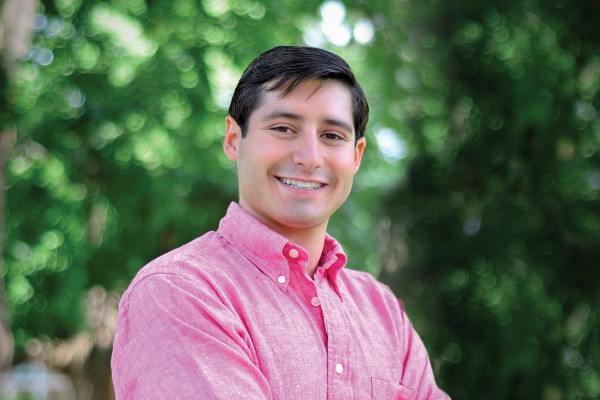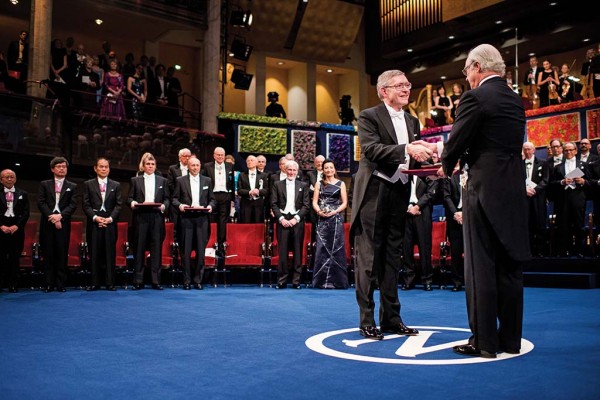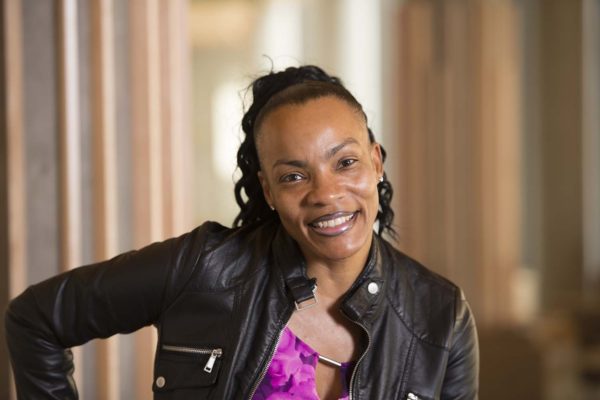Deko Ricketts, BS ’17, is a rising star in the solar world. Already a project engineer at Azimuth Energy, Ricketts started leading his first solar-energy project in Kingston, Jamaica, before he even graduated.
This is all thanks to his experience at Washington University. He credits Parag Banerjee, assistant professor of Mechanical Engineering & Materials Science, with advising him over the course of his studies.
“I started my major with him in mechanical engineering, and he walked me through the needs of solar both in research and on the applied side,” Ricketts says. He went on to work in two labs, including Banerjee’s wet lab, and crafted two personal projects related to solar cells.
His junior year, Ricketts joined the university’s Office of Sustainability as a renewable energy associate and all of his research clicked. It was through his work at the sustainability office that Ricketts was hired with Azimuth Energy.
In his free time, Ricketts runs track. He set the school record for the distance medley relay and has been named an NCAA DIII Track & Field All-American three times.
How did you become interested in solar energy?
My interest in solar energy started when I was a kid. I told my mom at a pretty young age that I wanted to find some way to change the world, and I always had this engineering mindset. I liked to problem solve. And I stumbled upon this energy crisis in the world where everyone needs electricity [but there are limited resources]. So I started looking at nuclear fusion as an option, but that wasn’t quite my interest, and so then I stumbled upon solar energy. It was this beautiful solution to a pretty bad problem.
What was your path at WashU like?
Coming into WashU I pretty much knew that I wanted to pursue solar and so I kind of had to craft my pursuit around that. Talking to advisors straightening out which degree to land on, started with mechanical, explored chemical, and eventually landed on electrical engineering. And it being WashU, it pretty much had to start with research. I started in a wet lab with Dr. Banerjee working on solar cell architecture and then moved to computational methods in Dr. Lowe’s lab for a summer. And after getting a good feel on solar cells and how they really function, I dived into kind of a personal project on residential solar concentrating cells. Just kind of a proof-of-concept idea, and then after that, being really comfortable with it, I really got to get my hands dirty working in the Office of Sustainability as a Renewable Energy Associate looking at what it really takes to put solar panels up on a roof.
How has WashU helped your work in industry?
Fall of my senior year, for my senior design project, I was charged with making a remote rapid shut down system, which is essentially you flip a switch on the ground and it turns the solar panels off on the roof. The reason for this is new safety regulations in the national electric code. Towards the end of the project, my boss Marc [Lopata, president and principal engineer] at Azimuth [Energy] charged me to see if we could actually put it in the field. We have a project up in Chicago that needs this kind of switching. So he asked me to bolster the design and see about prototyping and installing four of them this coming summer.



